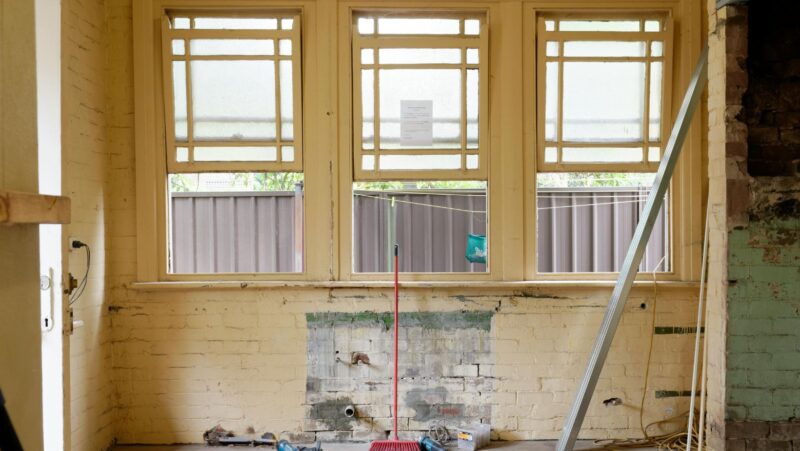The time has come for you to decorate. You have had that creeping desire for something new or the recognition that your home looks tired. Painting interiors can feel like a daunting job, especially when you must buy supplies, prepare the area, and get that professional look you are happy to live with for the next few years. Do not worry. Here are some top tips on getting the look you deserve in the place important to you.
Table of Contents
ToggleTip one: Assess if you need a primer.
First things first, let’s talk about primer. It’s not always necessary, but it’s a crucial step to consider. If you’re working with drywall or fresh plaster, primer is your best friend. Even if you’ve used filler to repair cracks or holes, it’s better to cover them with a primer before painting. This step ensures a smooth and flawless finish, giving your walls a new lease of life.
Another reason to use primer is if you are swapping out a dark colour for something lighter, you will need to use a primer or suffer the pain of multiple coats.
Tip two: the must-have painting tools.
If you have a large area of wall to paint, a paint sprayer is an excellent way to cover the surface fast and evenly. Equally, a lint-free microfibre roller is a fantastic tool for fast painting, especially if you get one with a sturdy extension pole, so you do not have to keep climbing up and down ladders.
When selecting your paint brushes, you should invest wisely. The cheaper the brush, the more likely you will be fishing bristles from your paintwork. To be super swish, you can choose natural hog-hair brushes, as professionals use. You can also select nylon-polyester bristle brushes from Amazon.
There are two items that you might forget and should never do without. You need to purchase sandpaper blocks and painter’s tape. As you will discover, professional finishes are more about preparation than paint application.
Tip three: remove hardware.
You will fancy painting around fixtures and fittings. You will think removing window locks or door handles, electrical plates, or light fixtures is too much of a pain.

And yet, when you look at someone else’s decoration and wonder how everything is so clean and sharp, it is because they bothered to do this. No matter how careful you are, you will struggle to create the perfect finish around such small and complex fittings.
Tip four: prepare the walls.
Sure, you can paint on top of the old paint and the surface the way it is. And then you can wonder why you are not as happy as you hoped with the finish.
You need to fill all the holes, gaps and cracks to get the wall as close to perfection as possible. You can use ready-mix pastes – or spackle – to create the smooth surface required for the professional finish. You then need to sand the wall down using your sanding block. This preparation will likely take you longer than painting – which is a good thing.
Remember to vacuum away all the dust before you begin to paint, or else you will undermine all your hard work.
Tip five: protect the places you don’t want to paint.
There is still more to be done before you begin. Cover the skirting boards, ceiling, and doors and windows using painter’s tape.

Then, lay down a sheet on the floor that will catch drips and spills – avoiding one of the biggest decorating headaches – the damaged carpet, tiles or boards.
Tip six: Cut in with a paintbrush and fill in with a sprayer or roller.
Cutting in is the process of painting around the edges of a room, ensuring you can carefully apply paint only in the areas you need. This is usually at the baseboards and the ceiling. Load the brush with paint, lay it against the wall about 3 or 4 inches out, and brush it towards the surface you are avoiding. By painting towards the edge, you avoid paint bulging out of the brush and getting to places you did not want.
With all this preparation done, the easy bit is upon you. Spray or roll paint into the large areas and bask in the wonder of the professional finish.





